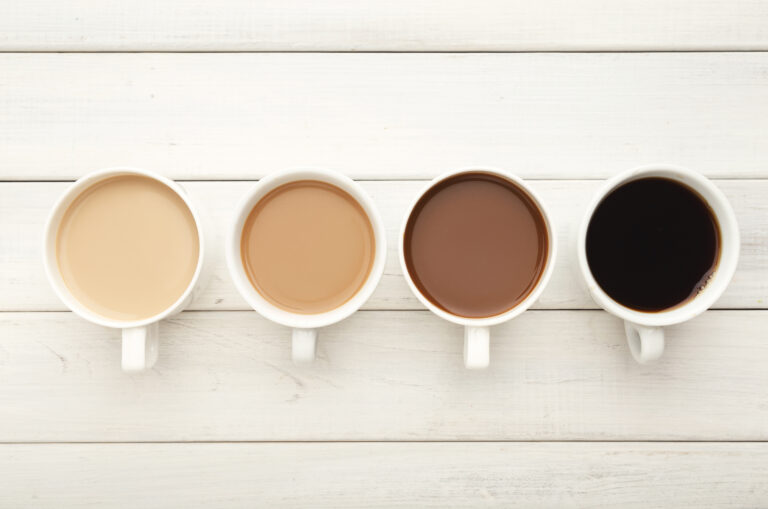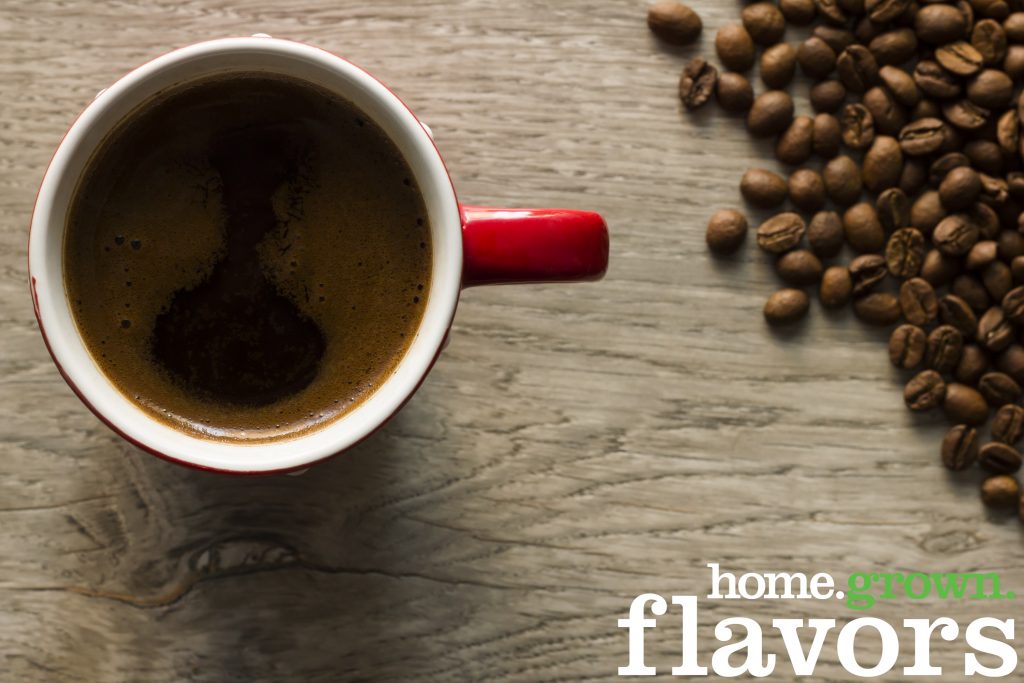
Coffee 101: Which is Your Favorite?
Mia Teal
Marketing Coordinator, Paid Media
It’s Sunday morning at your local coffee shop, and the person in front of you orders a coffee you cannot even pronounce. You quickly Google what in the world they just said, but still do not understand the various types of coffee. You may be wondering, “Aren’t these all the same?” We get it. We have been there and are here to help! Whether you are a black coffee drinker or a “Caramel Macchiato with Extra Cold Foam and Light Ice” kind-of person, we got you covered. Any confusion is sure to be cleared up after reading below!
Regular Brewed Coffee: What is “brewed coffee?” Brewed coffee simply contains coffee grounds that are brewed (hot water poured onto the coffee beans) and then filtered. Whether you like hot coffee with cream and sugar or just plain black, we have an option for everyone at Price Chopper and Market 32! Check out our collection at the end of this blog.
Iced Cold Brew: Contrary to iced coffee that was originally hot, iced cold brew is never hot. Iced cold brew is brewed from 12-24 hours and then steeped at room temperature. After this process is finished, the cold brew is diluted with water and can be stored in the refrigerator for up to 14 days. This type of coffee has more caffeine and a smoother taste than normal iced coffee.
Espresso: Espresso can be taken as a shot for a burst of energy or poured into your cup of coffee. Espresso is a concentrated form of coffee that is made by using finely ground coffee beans, hot water, and applying high pressure. The taste of espresso is very strong and bold compared to other coffee.
Americano: When comparing an Americano coffee to regular hot coffee, there appears to be no difference, however, there is a slight discrepancy between the two. Americano coffee simply contains espresso and water, whereas regularly brewed coffee are coffee beans that have been filtered.
Latte: A hot latte consists of milk foam at the top of the cup, a large amount of steamed milk in the middle, and then espresso on the bottom. The milk used for a latte is steamed and frothed to create a delicious, thick foam. While an iced latte has the same ingredients, espresso is simply poured over chilled milk. Any type of milk can be used to create a latte, including non dairy almond milk, soy milk, and oat milk.
Cappuccino: While a latte and cappuccino are very similar, the ratio of milk is what differentiates the two. Cappuccino ratios are 1:1:1 with equal parts of milk foam at the top, steamed milk in the middle, and espresso at the bottom.
Macchiato: A hot macchiato contains espresso at the bottom and a lot of steamed milk on top. That is it! An iced macchiato is the same thing except a lot of chilled milk is added on top of the espresso.
Of course, with any of these drinks, you can modify it to your liking. Whether you enjoy a sweet syrup mixed in or whip cream on top, these drinks can be tailored to anyone’s preferences. The next time you hear the person in front of you order a long-named drink, you won’t have to Google what they are asking for!
Interested in making the best latte? Check out this Iced Caramel Vanilla Latte from our YouTube Channel!

National Coffee Day
September 29th is National Coffee Day and we’re celebrating! Coffee has a surprisingly long history, and in honor of the holiday we’re looking to uncover all of the mysteries surrounding this beloved bean. We did some research and discovered some interesting information that you may not have known before.
It is said that coffee was first discovered by a goat herder named Kaldi. Kaldi noticed that his goats would become energetic and not sleep at night after they ate the berries from a certain tree. He was curious, and he brought his realization to the abbot of the local monastery. The abbot made himself a drink with these berries and found that it was helpful in keeping him alert during evening prayer. The abbot shared his discovery amongst the other monks, and word of these berries moved east to the Arabian Peninsula.
Coffee cultivation and trade began on the Arabian Peninsula, where coffee was regularly enjoyed in homes, and the first coffee houses were created. These early coffee houses became important places to catch up on conversation and current music and news. They began to appear all over cities in the Near East where they were called “qahveh khaneh.” They became an essential spot for the spread of information, and because of this they were known as “Schools of the Wise.”
Europeans who would travel to the Near East would return home with stories of this magical drink, and eventually coffee made its way to Europe. At first, coffee was met with backlash in these European countries being called the “bitter invention of Satan,” and becoming condemned by the local clergy. However, Pope Clement VIII intervened, tasting the drink himself and finding it so satisfying he lifted the ban. Eventually, these same coffee houses became a common theme throughout countries like England, Austria, France, Germany, and Holland. Coffee replaced the popular breakfast drinks at the time, beer and wine, and became a new European morning staple.
But how did coffee make its way to the Americas? Great question! In 1714, the Mayor of Amsterdam presented a coffee plant as a gift to King Louis XIV of France. The King had the young plant grown in the Royal Botanical Gardens in Paris. In 1723, a young naval officer, Gabriel de Clieu obtained a seedling from the plant. On a traitorous journey home, he faced horrendous weather, a saboteur who attempted to destroy the seedling, and even a pirate attack. Yet, he managed to plant the seed in Martinique. This seed began an explosion of coffee trees in the Americas, and it led to the abundance of coffee we have today.
Big coffee drinker? Us too. We’re celebrating with one of our favorite local coffee brands from here in the Northeast: Death Wish Coffee!
Sample Death Wish Coffee’s famous brews from 11am-4pm on Sunday 9/29 at any of these stores:
Brunswick Market 32
Hamilton Square Market 32
Glenville Market 32
Wilton Market 32
Glen St Price Chopper
Mechanicville Price Chopper
East Greenbush Price Chopper
Clifton Shopper’s World Market 32
Market Bistro
Amsterdam Price Chopper
Route 50 Price Chopper
Bethlehem Price Chopper
Plattsburgh Market 32
Altamont Ave Price Chopper
Hudson Valley Plaza Market 32
Johnstown Rd. Price Chopper
Malta Price Chopper
Shaker Road Price Chopper
Niskayuna Price Chopper
Glenmont Price Chopper
Newburgh Price Chopper
Hopkinton Price Chopper
Clifton Park Plaza Market 32



